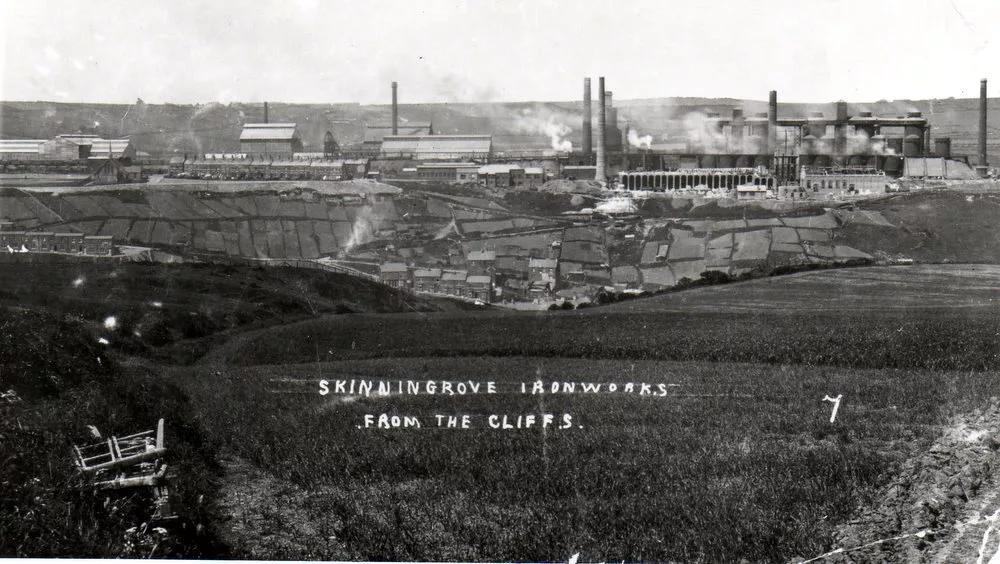The Loftus Iron Company, founded around 1873-74 in Skinningrove, on England’s northeast coast, started with two blast furnaces near ironstone mines. After liquidating in 1877, it was acquired by Skinningrove Iron Company in 1880, under the management of Thomas Charles Hutchinson. Hutchinson expanded the operations, rebuilt a jetty using slag cement, and increased the number of furnaces to five. He introduced technological advancements like Cowper stoves, the Talbot steelmaking process, and electric mill machinery. By 1911, the plant had shifted from producing pig iron to steel, with its own mines at Boulby.
During World War I, Skinningrove suffered minor Zeppelin attacks, but the plant continued to grow. In 1927, Pease and Partners took control of the company. By 1929, the plant was producing steel rails in increasing lengths, with an annual output of 130,000 tons of steel ingots. However, economic downturns affected the business, and in 1938 the plant faced a five-month closure.
Post-World War II, production surged to 200,000 tons annually. A significant £1.7 million investment in 1947 expanded the plant’s capacity by 40%. In 1951, the works were nationalized into the Iron and Steel Corporation of Great Britain, and later taken private in 1963 by Iron and Steel Investment Ltd. British Steel Corporation took a 90% shareholding in 1967, marking the start of industry rationalization. Blast furnaces were closed in 1971, and the plant specialized in special steel profiles.
In 1997, Caterpillar Inc. established a plant adjacent to the works, and in 2016, Greybull Capital acquired the site, following Tata Europe’s sale of its long products division.




